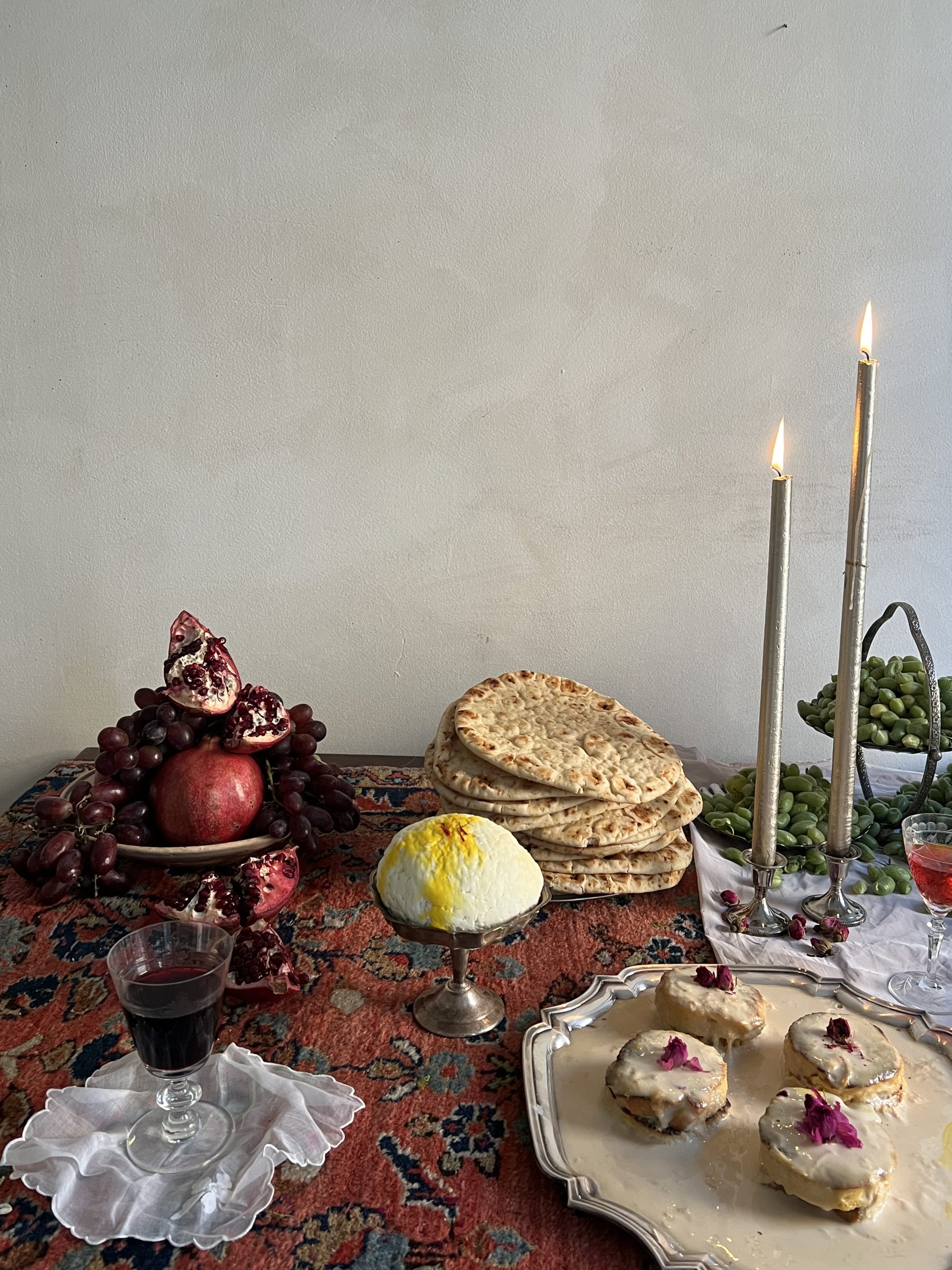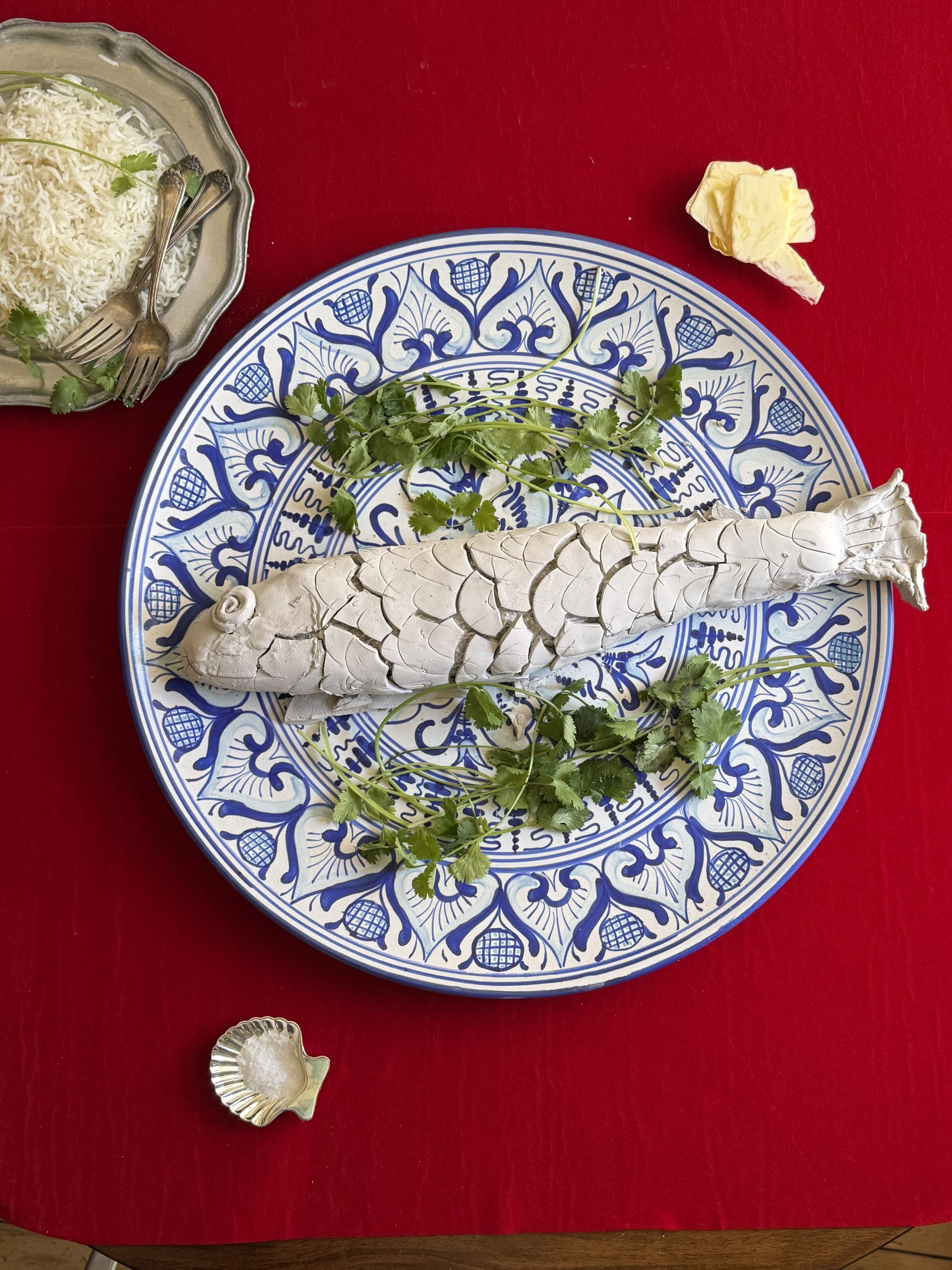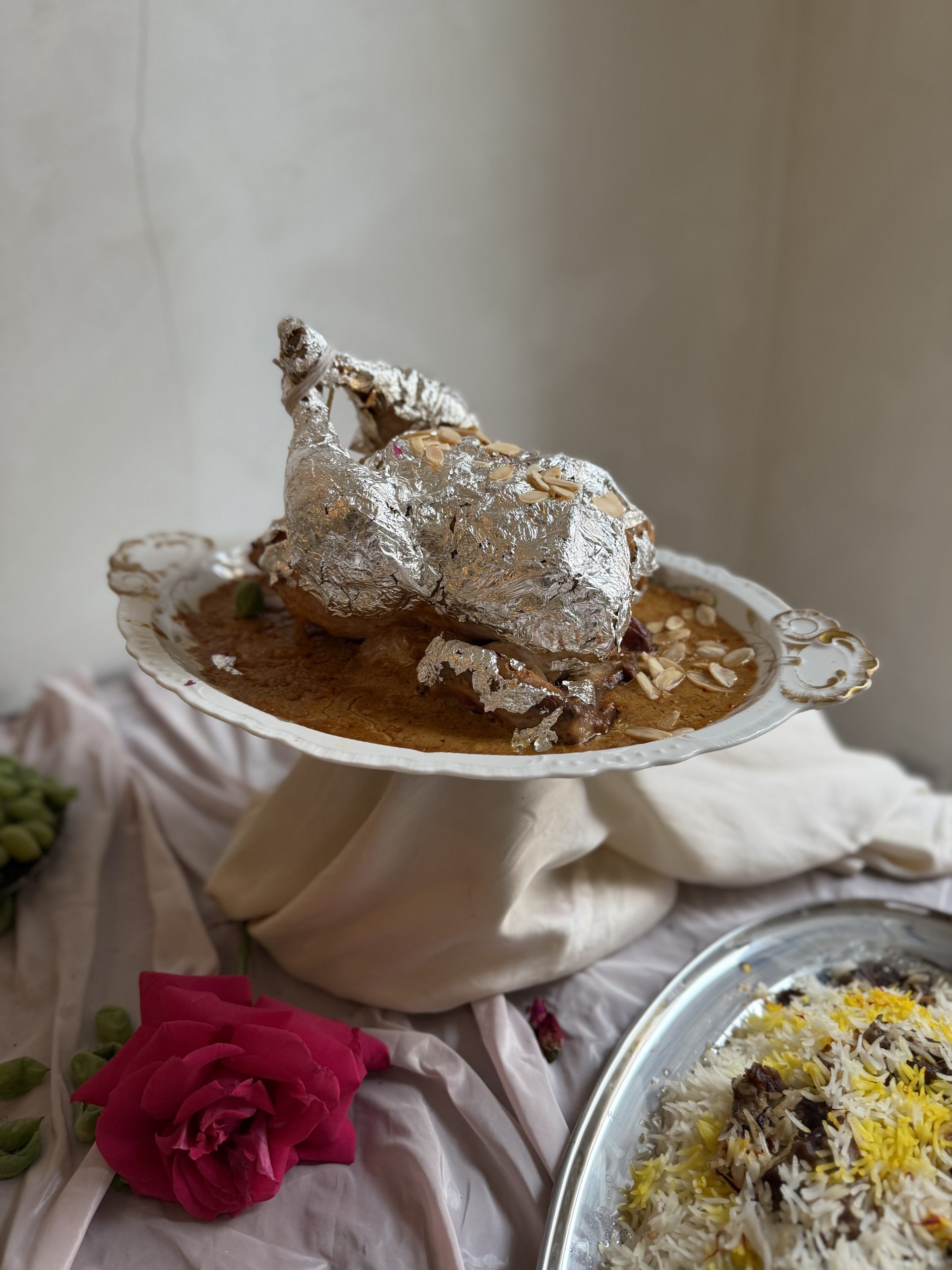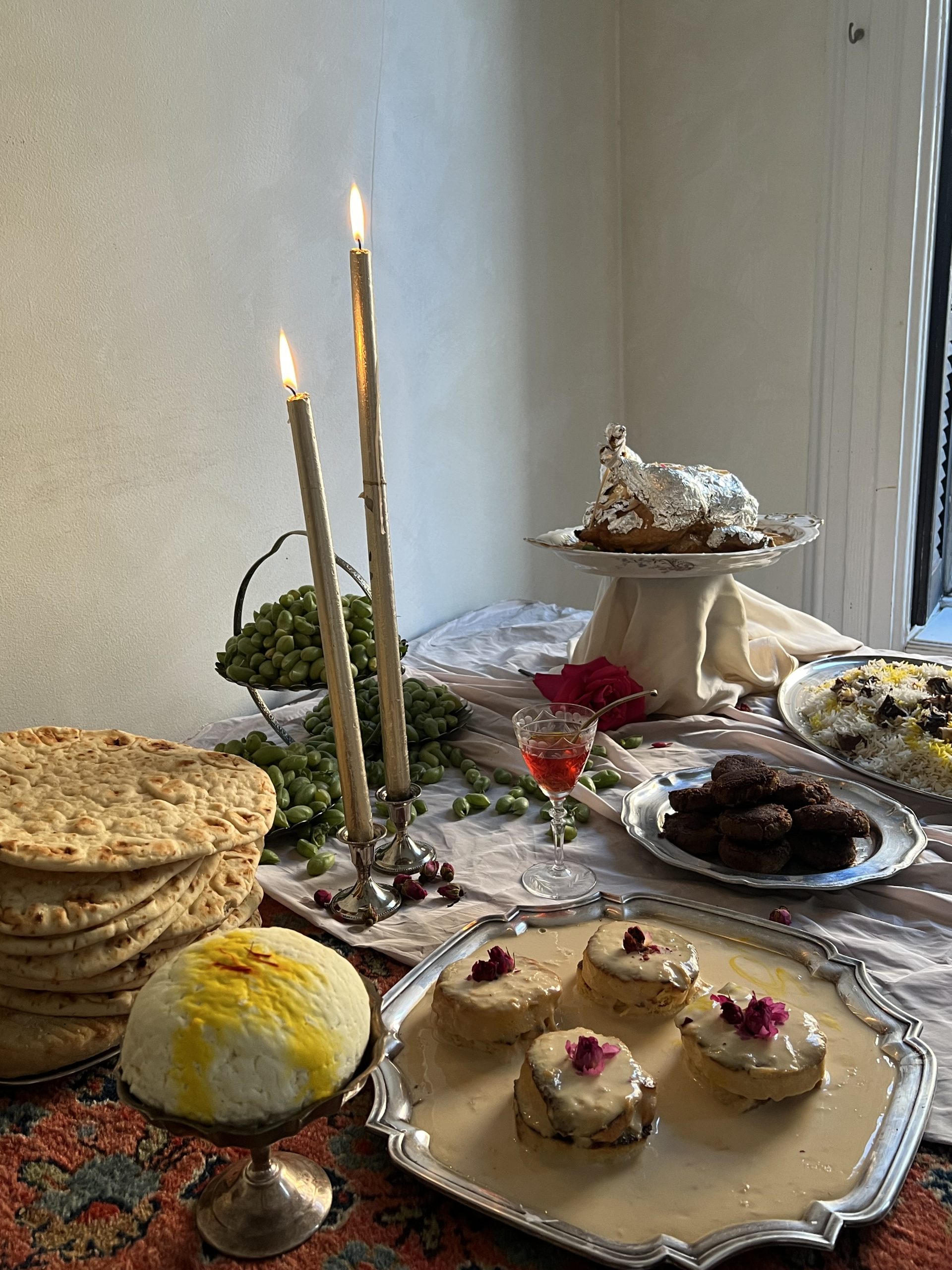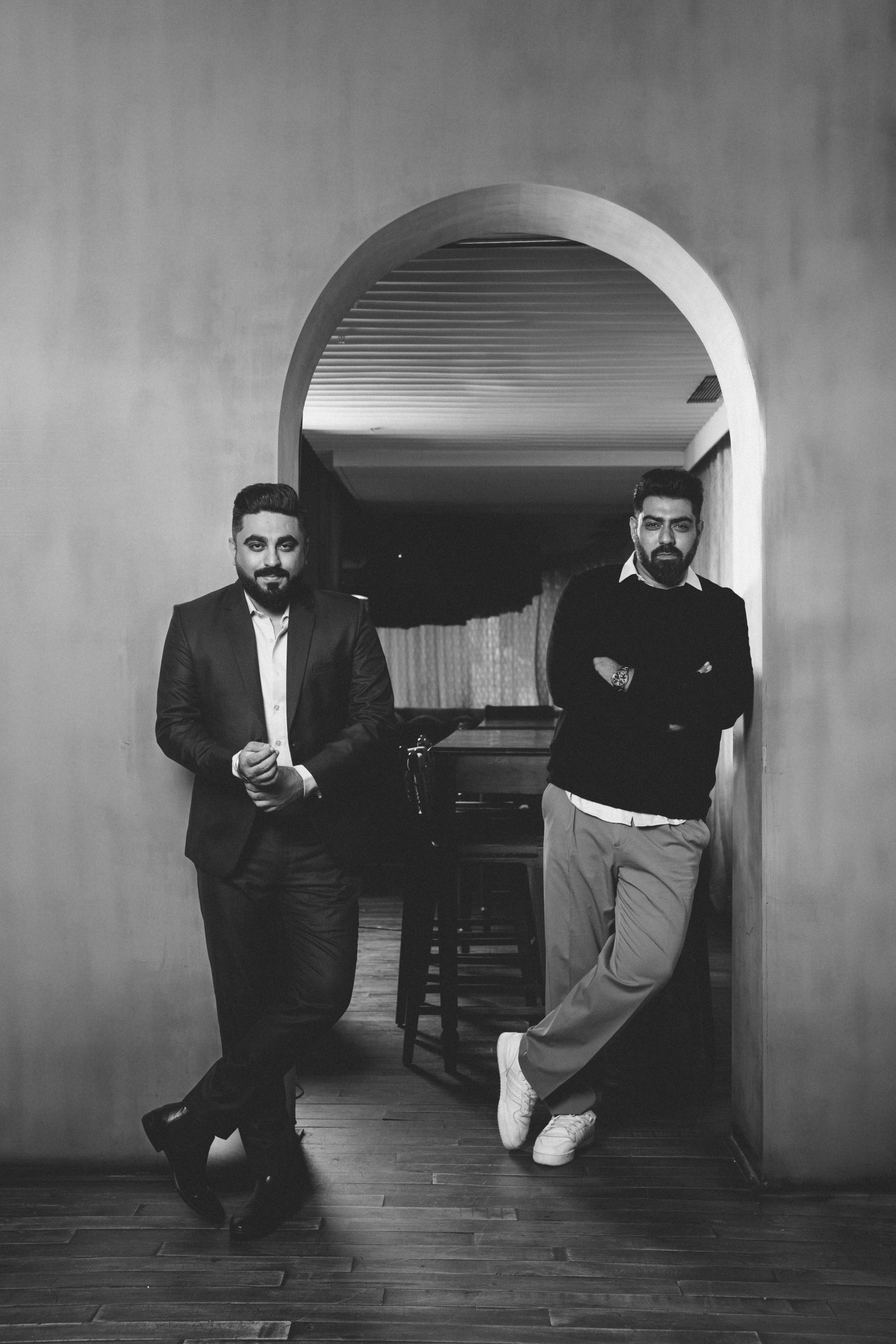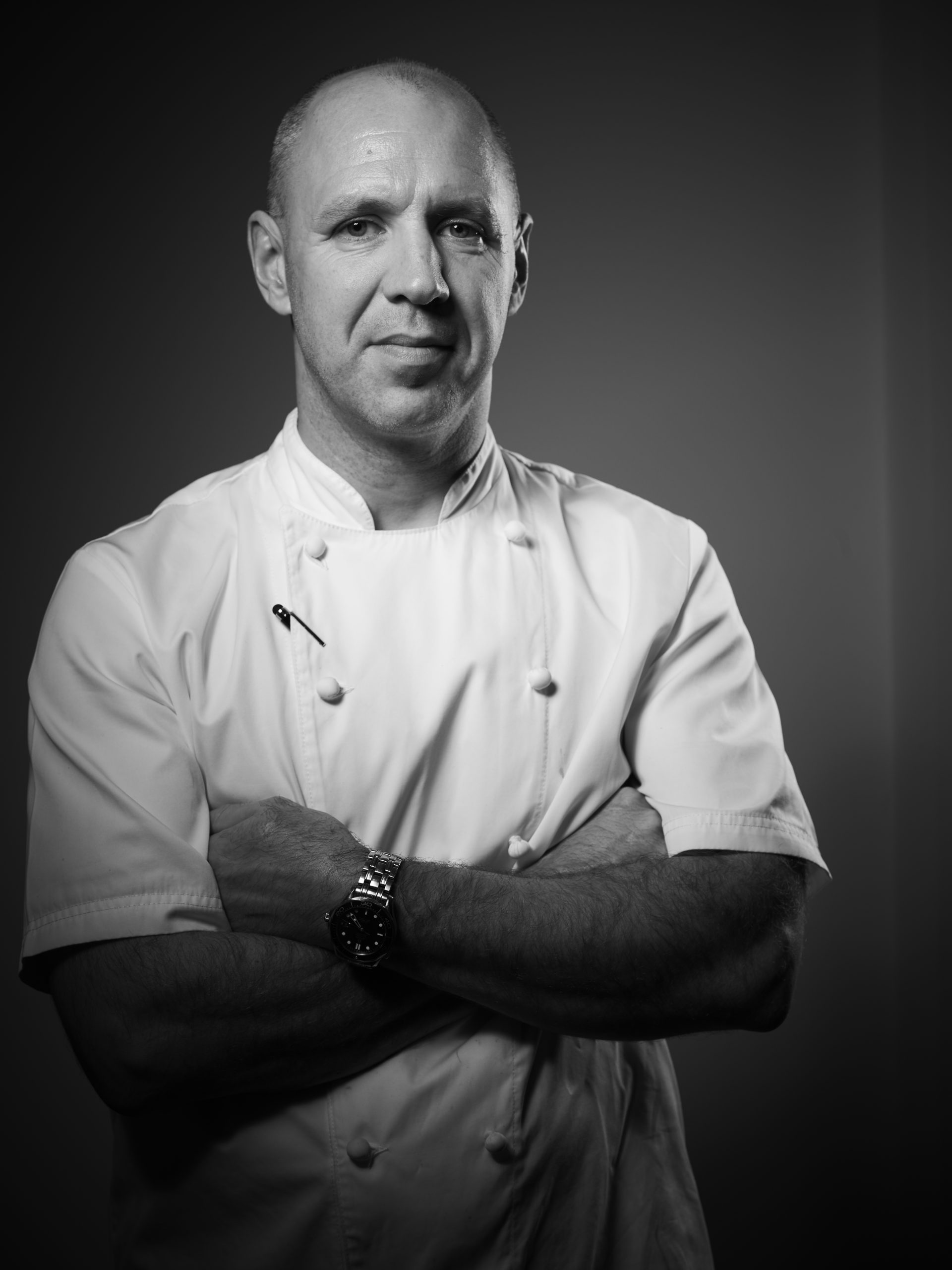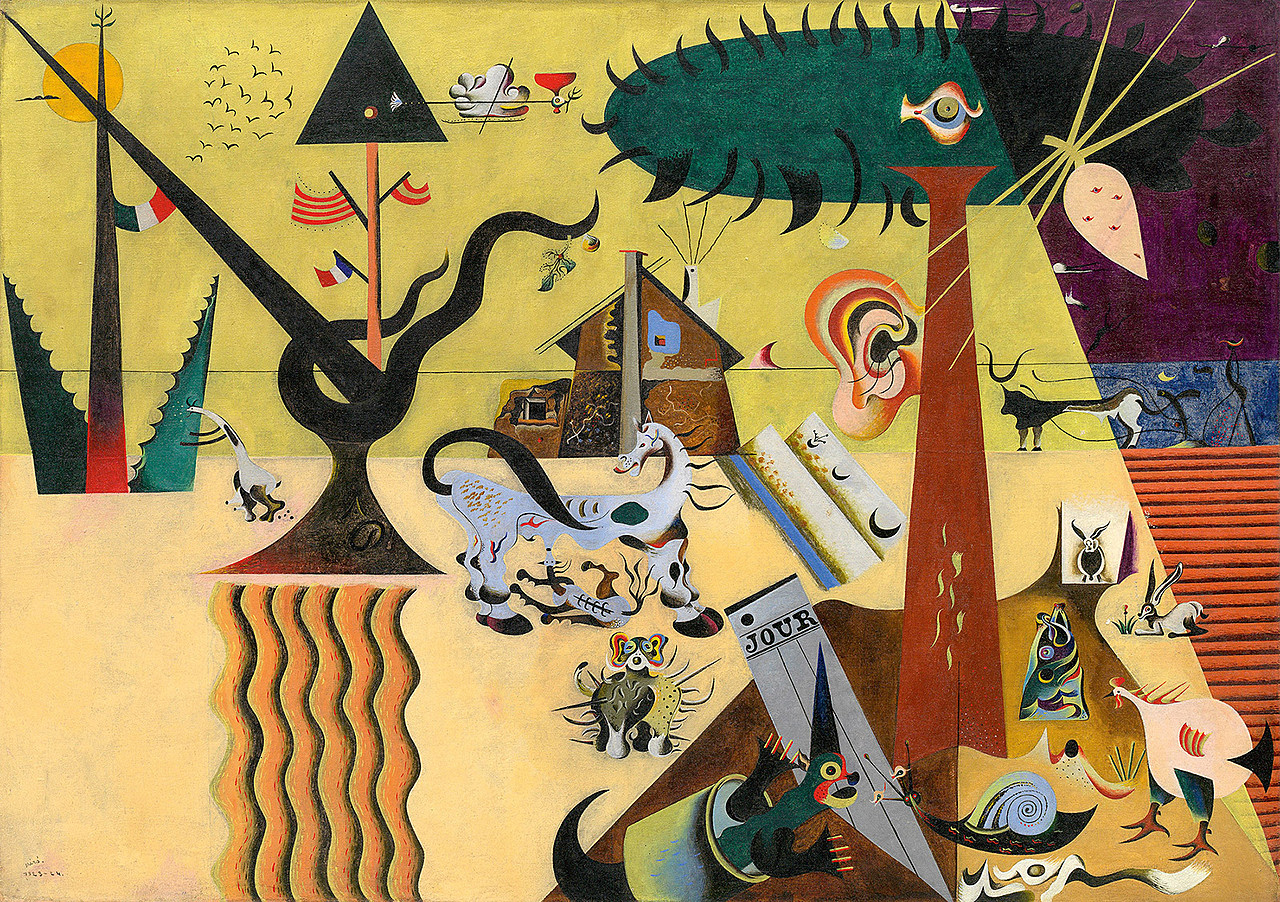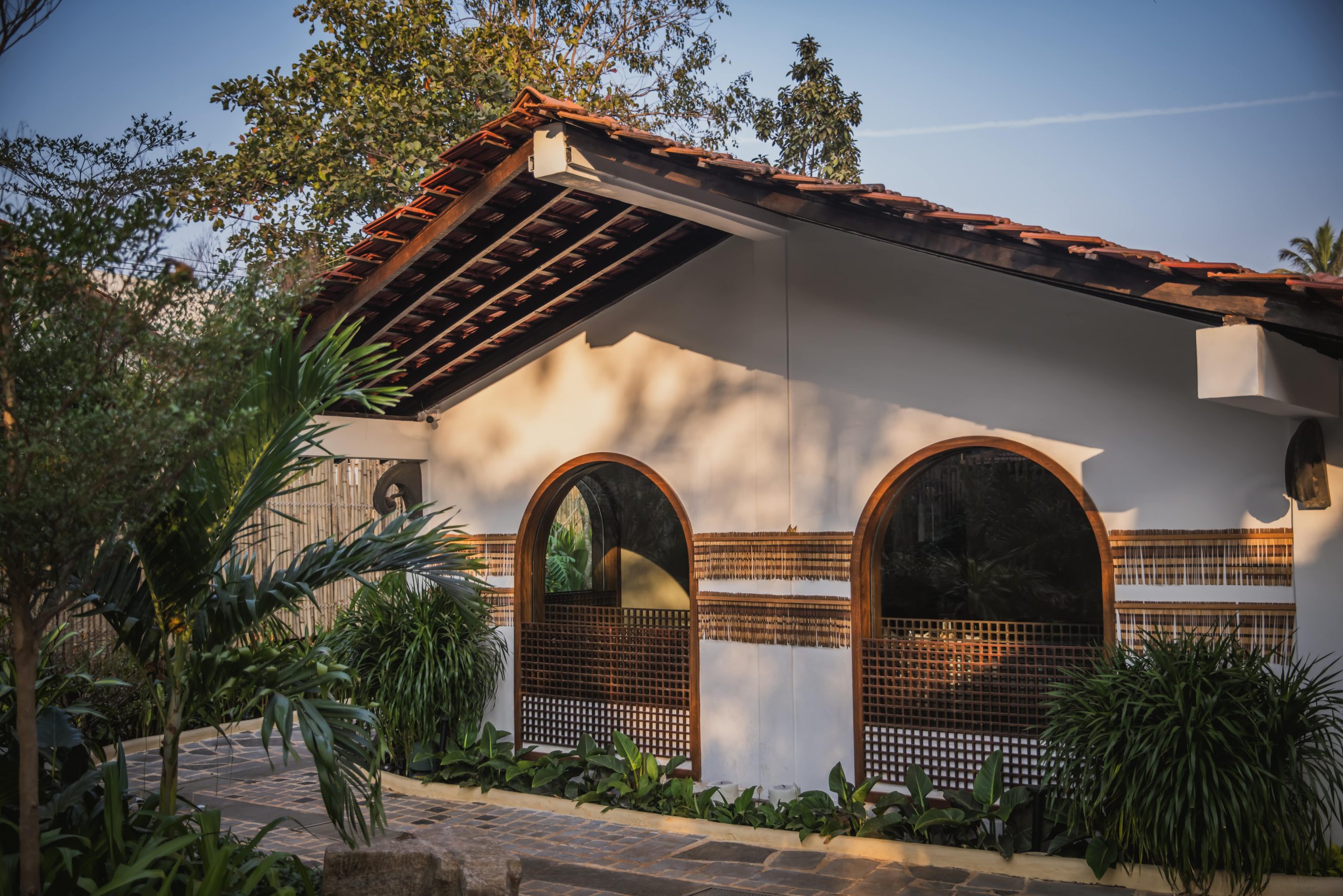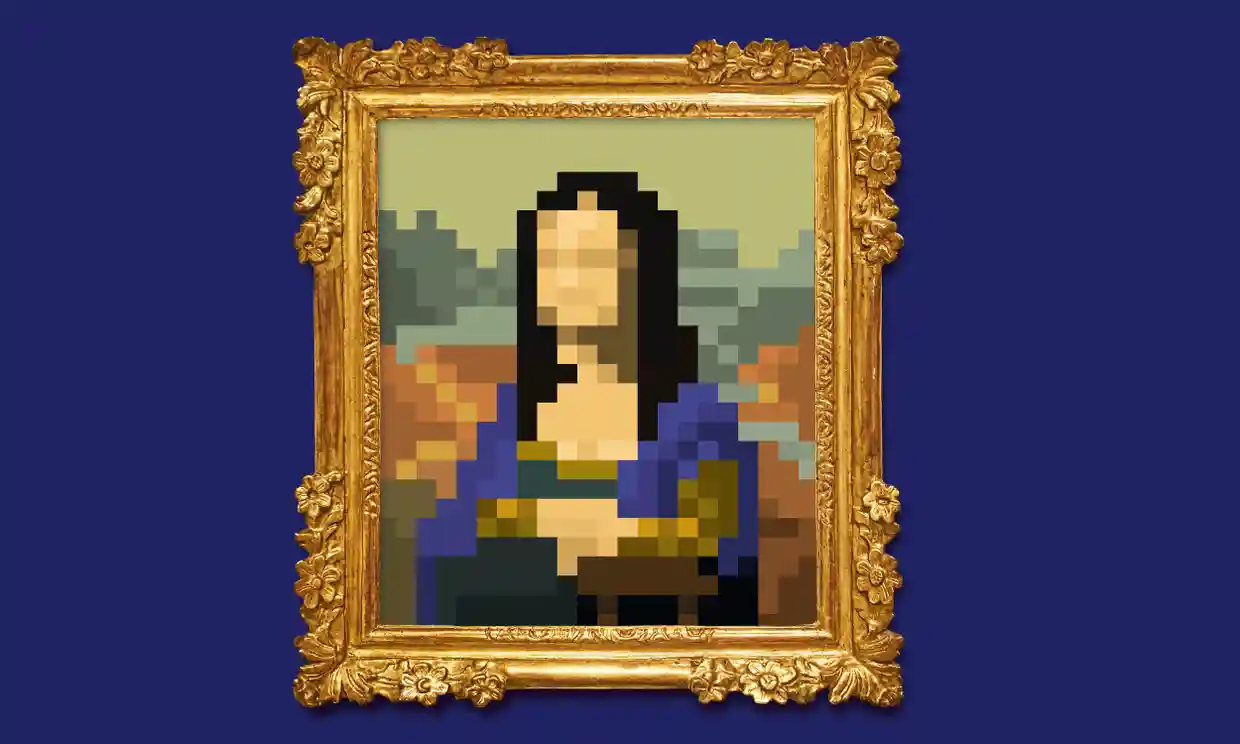Whether intentional or instinctive, tablescaping is an art form practiced in every home. In Dehradun, it can be as simple as a crisp white tablecloth, a single foraged flower in a tiny vase, and a steaming pot of tahiri, salad, and yogurt. Or it might take the form of a floral tablecloth in Goa, spread with a pot of fiery sorpotel, fluffy rice, and freshly baked poi bread. Or perhaps it’s vintage linen, hand-embroidered by your grandmother, laid out in the soft morning light as you eat eggs and toast, where nothing more is needed because the table itself tells a story. Each scene is as beautiful as a still life painting, eternally suspended in our memories.
As an artist who uses food as a creative medium, I draw on my fleeting memories, images from across creative disciplines, or scenes observed on a walk through the city to design my tablescapes. I love to experiment with textures, juxtaposing elements from different regions and periods — my tools include vintage plates from Europe, Indian khadi, and delicate Italian lace. I like to bring something unexpected to a tablescape, often inspired by what I find at the farmers’ market, a beautiful still life from the Dutch Golden Age I saw in a museum, or simply whatever catches my eye that day. In these ways, the table becomes my site of introspection and play.
In this series, I have reimagined some of my favorite paintings through tablescapes. In my New York home, Paul Klee’s iconic Fish on a Platter transforms into Breaking Bread, Breaking Clay, and Pieter Claesz’s Peacock Pie finds new life as Awadh: In Feast and Form.
But while I have focused on the provenance and technique of the dishes, carefully arranging them with intent, the most beautiful part unfolds beyond my control: The warmth and fullness that settle in after a good meal, when loved ones gather around the table, talking and laughing as the candles burn low and the setting grows delightfully disheveled. In this series, I also bring in that lived-in feeling of community and bonding that sharing a meal inspires.
I invite you to experience food in an entirely new way — not just as sustenance, but as a living canvas that pays homage to the masters of still life. I hope it inspires you to see the everyday ritual of dining as an opportunity for creativity, nostalgia, and storytelling.
Breaking Bread, Breaking Clay
Inspired by Around the Fish, Paul Klee (1926)
Paul Klee’s painting depicts a platter with a fish at its center, surrounded by symbolic objects: A forked red flag, a cross, an arrow pointing to a head alluding to human consciousness, a crescent moon, and a full moon. Surrounded by these primal symbols, I saw Klee’s fish as more than just food — it became a centerpiece of human connection and tradition. The SwissGerman artist’s painting is intentionally cryptic and resists interpretation, but that made it even more enigmatic to me as an invitation for deep reflection.
Breaking the clay that encases the fish serves as a moment of shared revelation and communion.
Inspired by this, I prepared a Parsi clay-wrapped fish that I tried for the first time in Udvada, a Zoroastrian pilgrimage site in Gujarat. The fish is stuffed with Parsi green masala made with coconut, tamarind, chilli, and coriander and then encased in clay, placed in a very hot oven, and baked until the clay hardens and the fish inside cooks slowly. This transforms a simple fish into a feast — people can sit around the table waiting to break the clay with a mallet, breaking and crumbling it to reveal the beautifully tender fish inside. My idea is based on how the table is a place to come together to enjoy food in ways that are reminiscent of our ancestors — bridging past and present as we share a meal, as people have done all over the world, since time immemorial.
Awadh in Feast and Form
Inspired by Peacock Pie, Pieter Claesz (1627)
In this “banquet piece” (een banquetje in Dutch) painting, Pieter Claesz depicts a grand peacock atop a pie, a delicate pink rose in its beak. Surrounding the pie is a lavish display of food, olives, lemons, breads, peaches, nuts, and candies, beautifully arranged on pewter platters. This exquisite painting, housed in the National Portrait Gallery in Washington, DC evokes the image of a stunning feast, and it reminded me of an exquisite Awadhi mehfil. The ingenuity and theatricality of the Awadhi cuisine always make me smile, as they pushed the boundaries of beauty and taste in their feasts. I once heard about an Awadhi biryani that was sealed with dough and cooked so gently on dum that it acted as a soothing spa for a live sparrow hidden inside. When the seal was broken at the table, the sparrow would fly out, adding a whimsical touch to an already decadent meal.
An opulent Awadhi feast unfolds.
Inspired by this, I envisioned an Awadhi table setting. At the heart of the spread is a silver-leafed murgh musallam, glowing in the dappled evening light filtering through a window. Surrounding it are dishes that celebrate the richness of Awadhi cuisine: Fragrant biryani, galawati kebabs crafted with Lazzat-e-Taam (a spice mix of over 30 herbs, spices, and roots), and shahi tukda, adorned with tiny rosebuds. Fresh green chickpea pods, pomegranate, grapes, an orb of creamy paneer, and a goblet of saffron water complete the table. A wine bottle wrapped in a fresh mogra sleeve adds to the indulgence. The food is placed on antique pewter plates and vintage china and set upon an antique Iranian rug layered with a blush pink silk cloth.
Words by Ananya Chopra.
